A study carried out by consultancy CE Delft and commissioned by green group Transport & Environment (T&E) suggests those living in proximity to busy airports are at risk of serious health conditions by exposure to ultrafine particles emitted from aircraft. It found nearly 52 million people, more than 10% of Europe’s total population, live within a 20km radius of the 32 busiest airports in Europe and are particularly exposed to ultrafine particles (UFPs). This can be linked to the development of respiratory problems, cardiovascular effects and pregnancy issues, says the study. As a result of extrapolating illnesses around Amsterdam Airport Schiphol to those 32 airports, the researchers estimate aviation UFP exposure may be associated with 280,000 cases of high blood pressure, 330,000 cases of diabetes and 18,000 cases of dementia. The amount of UFPs emitted from flights depends strongly on the composition of the jet fuel and the study estimates that the use of 100% hydrotreated jet fuel with very low sulphur and aromatics can reduce UFP emissions and health risks by up to 70%.
UFPs, which are less than 100 nanometres in diameter, or 1/1000th the thickness of a human hair, are of particular concern because they penetrate deep into the human body and have been found in the blood, brain and placenta. Despite the growing evidence of the harmful long-term effects on health and mortality, T&E says the pollutant remains largely under researched and unregulated and the study provides a first estimate of the scale of the problem caused by aviation-related UFPs.
As well as at high altitudes, where climate-related effects such as warming contrails take place, UFPs from planes are also emitted on take-off and landing, meaning residents living near airports are particularly affected, and people living within a 5km radius can breathe in air that contains on average, anything from 3,000 to 10,000 UFPs per cubic centimetre emitted by aircraft.
As there is a correlation between people living near an airport and lower incomes, T&E argues the most vulnerable in society are the worst affected by air pollution. Although not covered by the study specifically, airport personnel working on the apron are some of the most exposed to these emissions, “constituting an unquantified but serious risk to their health,” warns the study.
“Can living near an airport make you ill? The tragic answer is yes,” said Carlos López de la Osa, Aviation Technical Manager at T&E. “Planes release tiny particles that may be linked to pulmonary and cardiovascular diseases. This hidden health crisis has been ignored by politicians who have prioritised the growth of the aviation sector and business travel over the health of its own people, often the poorest.”
T&E says there are a number of ways the problem can be tackled: reduce the amount of air traffic at airports and curb further expansion; move to cleaner burning fuels through hydrotreatment, a well-established process already used to remove sulphur from fuels for cars and ships; and use cleaner technologies like sustainable aviation fuels and zero-emission aircraft. It estimates hydrotreating fossil jet fuel, which adds hydrogen to the fuel, removing impurities and improving its composition/combustion properties, could cost less than five cents per litre. Hydrotreatment would have an additional benefit in contrail abatement.
“It’s not often that an alarming problem affecting millions of people can be reduced, and at a low cost,” said López de la Osa. “Dirty fumes caused by planes can be drastically reduced if we clean up the fuel. The road and shipping sectors took this necessary step years ago, but the aviation world has been dragging its feet.
“Reducing UFP emissions through better quality jet fuel would not only be beneficial for the population living near airports but also for the planet.”
Adds the study: “Although the costs of producing fuels with a low concentration of aromatics and sulphur would be higher than the cost of producing conventional jet fuels, the health and climate benefits outweigh these and other additional costs so that economic welfare would increase when these fuels would be used. Hence, there are good reasons to mandate or incentivise their use.”
T&E recommends that sampling points should be installed in and around EU airports to better quantify UFP concentration levels with a view of introducing target values for UFP concentrations in the next review of the Ambient Air Quality Directive. It also calls for an EU jet fuel standard to be created with a progressive reduction of aromatics and sulphur content “which will prepare the ecosystem for 0-aromatic, 0-sulphur SAF”.
Photo (Roger Cremers): Amsterdam Airport Schiphol



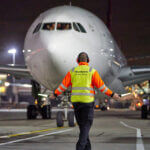
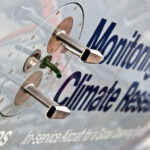



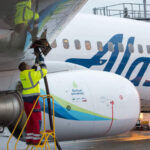
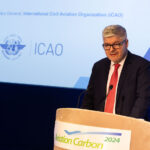
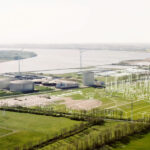
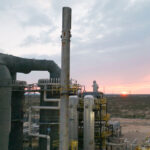

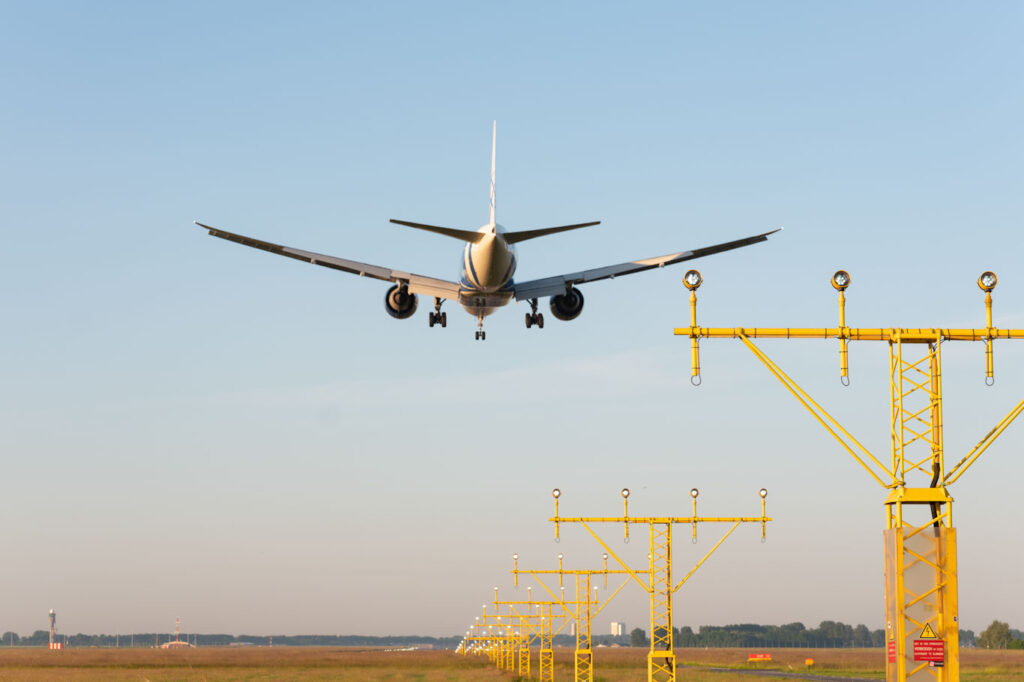


More News & Features
EASA releases status report on Europe’s SAF production and readiness to meet blending targets
European and US research programmes expand to better understand aviation non-CO2 climate effects
New study highlights differing strategies and barriers to decarbonising aviation in UK and Europe
SITA teams with Arab airlines on developing technology to enhance flight sustainability
Airbus enters partnerships with airlines Wizz and EVA to help prepare for SAF introduction
European aviation players launch Project SkyPower to drive investment in e-SAF and meet EU and UK mandates